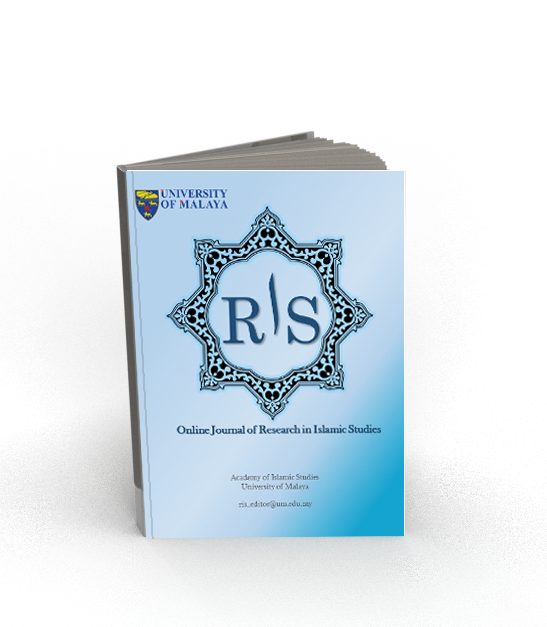Main Article Content
Abstract
This article discusses Sufi tradition as an Islamic educational tradition in the Nahdlatul Wathan (NW) madrassas. The article was examined through a literature review supported by interviews and analyzed through a sociological approach. We put the document as primary data, while the results of the interview as secondary data. These documents are works of Shaykh Zainuddin, founder of the NW organization, which houses around 1600 madrassas throughout Indonesia. In addition, we also used documents written by his students. As for the interviews, we carried out with three key informants. We concluded that Sufi rituals as the educational traditions in the NW madrassas are the original traditions of the Sufis which were rebuilt and modified both in terms of practice and material. The emergence of these traditions in two ways. Some of it arises through the bottom, which was traditions that occurred spontaneously, and partly arise through the above, namely a tradition that occurs utilizing being planned, promoted, and emphasized. The process of changing the old Sufi tradition into the NW version is in line with the formulation of the sociologist, Piotr Sztompka. He argues that changing tradition is a necessity, and human psychology always wants to realize its ideas. Besides, the clash between one tradition with another encourages changes in a tradition.
Keywords
Article Details
Copyright Notice
By submitting manuscripts to the Online Journal of Research in Islamic Studies (RIS), authors agree to transfer copyright to the journal. However, authors may republish their work or grant others permission to republish it; in which case it should be accompanied by a proper acknowledgment that the work was originally published in the Online Journal of Research in Islamic Studies (RIS). The journal adopt CC-BY-NC licence which authors may also share and distribute their article anywhere of non-commercial website, social media and repositories immediately on publication.
Authors may also reuse the Abstract and Citation information (e.g. Title, Author name, Publication dates) of their article anywhere at any time including social media such as Facebook, blogs and Twitter, providing that where possible a link is included back to the article on the journal site.
